Home>Ideas and Tips>Creating A Home Wine Cellar: Tips For Proper Storage
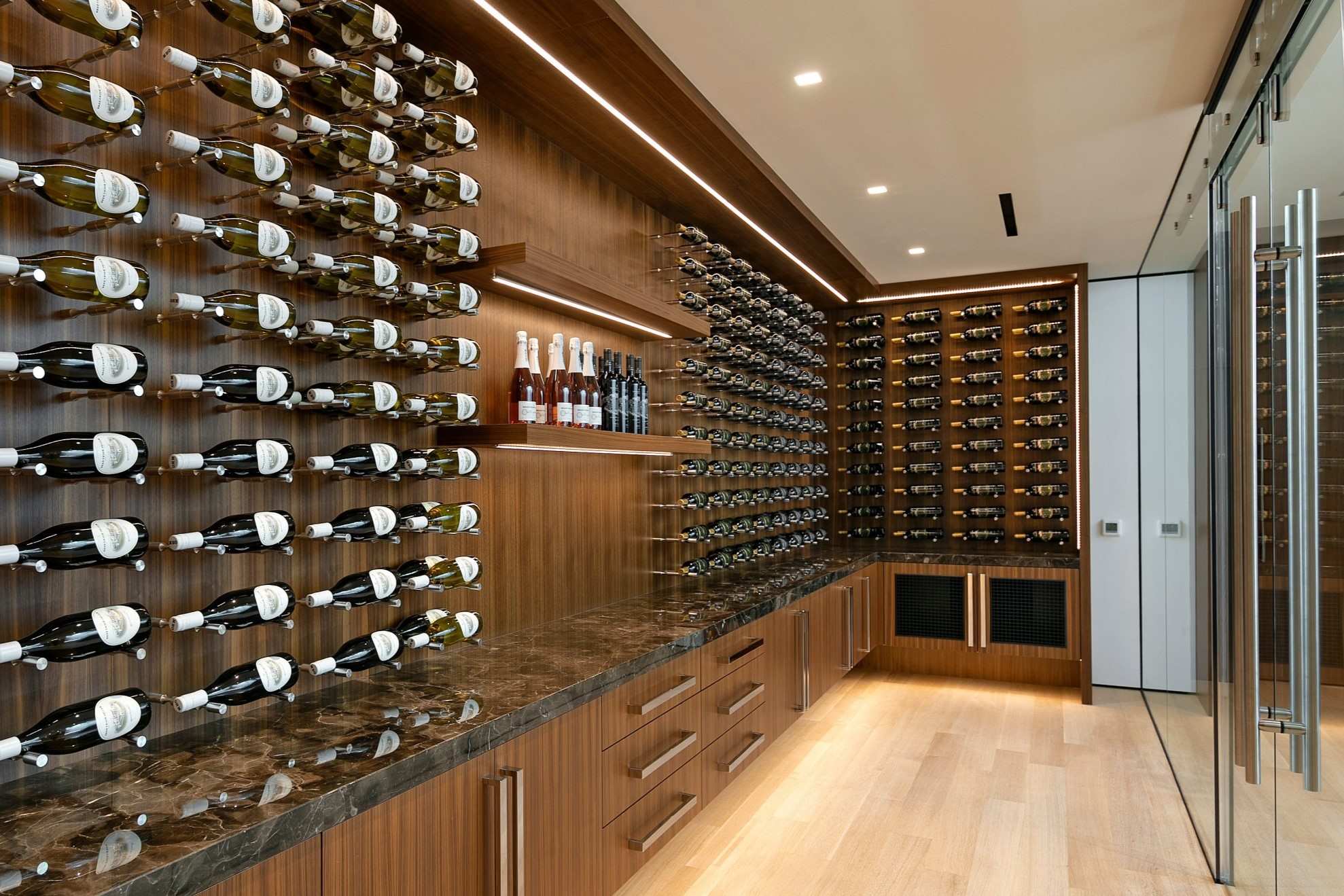

Ideas and Tips
Creating A Home Wine Cellar: Tips For Proper Storage
Modified: November 1, 2024
Learn how to create the perfect home wine cellar with tips on location, cooling systems, racking, and organization for optimal wine storage.
(Many of the links in this article redirect to a specific reviewed product. Your purchase of these products through affiliate links helps to generate commission for Storables.com, at no extra cost. Learn more)
Building a home wine cellar is an exciting project that combines both aesthetics and functionality. Whether you are a casual wine enthusiast or a serious collector, having a dedicated space for your wine collection can elevate your home and enhance your wine-drinking experience. However, proper storage is crucial to ensure that your wines age well and remain in optimal condition. In this article, we will delve into the key considerations and tips for creating a home wine cellar that meets your needs.
Understanding Passive and Active Cellars
Before diving into the specifics of building a wine cellar, it's essential to understand the difference between passive and active cellars.
Passive Cellars
Passive cellars rely on natural cooling and humidity levels. These types of cellars are ideal for storing everyday drinking wines that do not require long-term aging. They are often located in areas of the home that naturally have cooler temperatures, such as basements, closets, or areas away from direct sunlight. Passive cellars are less expensive to build and maintain but may not provide the optimal conditions for aging premium wines.
Active Cellars
Active cellars, on the other hand, require additional cooling systems to maintain a consistent temperature and humidity level. These systems can include mini-split air conditioners, evaporative coolers, or even refrigeration units specifically designed for wine storage. Active cellars are necessary for storing premium wines that need to age for years or even decades. They offer superior control over temperature and humidity, which is critical for preserving the flavor and quality of your wines.
Read more: Wine Cellar How To Build
Choosing the Right Location
The location of your wine cellar is one of the most critical factors in its success. Here are some key considerations:
Natural Cooling
Look for areas in your home that naturally have cooler temperatures. Basements and closets are often ideal locations because they tend to be cooler than other parts of the house. However, ensure that these areas are not prone to moisture or dampness, as this can negatively impact your wine collection.
Insulation
Regardless of whether you choose a passive or active cellar, proper insulation is essential. This helps maintain a consistent temperature and prevents heat from entering the cellar. If you're building from scratch, starting with bare studs makes it easier to add insulation without having to rip out finished drywall.
Local Climate
The local climate plays a significant role in determining the type of cooling system you need. If your area experiences frequent temperature fluctuations, an active cooling system may be necessary to maintain a consistent temperature.
Designing Your Wine Cellar
Once you've chosen the location and decided on the type of cellar, it's time to think about the design. Here are some key elements to consider:
Cooling Units
If you're building an active cellar, selecting the right cooling unit is crucial. Consider factors such as BTU requirements, energy efficiency, and noise levels. Some popular options include mini-split air conditioners and wine-specific refrigeration units.
Glass and Wine Cellars
Glass wine cellars have become increasingly popular for their aesthetic appeal. However, it's important to note that glass provides little to no insulation. Framed glass products offer better insulation than frameless glass but still require additional cooling power. If you choose a glass wine cellar, ensure that it is designed with proper ventilation and insulation in mind.
Racking Systems
The racking system is the heart of your cellar. You can choose between kit products and custom racks. Kit products are pre-designed and cheaper but may not fit your space perfectly. Custom racks are built specifically for your collection and provide superior detailing and craftsmanship.
Types of Racks
- Diamond Bin Racks: These offer flexible storage for mixed bottle types.
- Standard Racks: Suitable for standard wine bottle sizes but may not accommodate magnums or unique shapes.
- Corner Racks: Perfect for utilizing corner space in your cellar.
- Magnum and Split Racks: Designed to store larger bottles or bottles of varying sizes.
- Shelves and Double Deep Racks: Allow for maximum storage capacity by doubling the capacity of standard racks.
- Credenzas and Bars: Often handcrafted, these feature rolling shelves, sliding pocket doors, stemware racks, and other features that make them perfect for tastings.
- Display Racks: Similar to standard racks but have a middle display row for showing off bottles.
- Tasting Tables: Often used as a centerpiece for wine cellars, these flat surfaces are used for opening and pouring wine.
Organizing Your Wine Collection
Once you've built your wine cellar, it's time to organize your collection. Here are some tips:
Sorting and Labeling
- Sorting by Drinking Year: Store wines by when they should be consumed. This makes it easier to find those that are ready to drink.
- Sorting by Region or Variety: Alternatively, you can sort by region or variety for a more organized approach.
- Using Wine Tags: Use tags on the top of the bottles with information facing outwards. This helps keep track of your collection and makes it easier to find specific bottles.
Using Modular Wine Racks
Modular wine racks are a great option for organizing your cellar. These racks can be easily assembled and rearranged as your collection grows. They come in various configurations, including 6-bottle width, 8-bottle width, and 12-bottle width.
Security Considerations
Your wine collection is a significant investment, and it's essential to protect it from intruders. Here are some security tips:
- Installing a Lock: A substantial lock on your wine cellar door is the least you should do. Consider adding additional security measures like a security system for your home.
- Camera Installation: Installing a camera in your wine cellar or at least at the front door can deter potential thieves and provide evidence if needed.
- Climate Control: Ensure that your climate control system is secure and tamper-proof to prevent unauthorized access.
Budgeting and Cost Considerations
Building a wine cellar can be expensive, especially if you're adding advanced cooling systems. Here are some cost considerations:
- Overall Project Budget: Adding a cooling system and proper insulation can add thousands of dollars to your project's budget.
- Access to Insides of Walls: If your walls are already finished, you may need to rip out drywall or other materials for proper insulation. Starting from bare studs makes this process easier.
- Local Climate Impact: The climate in your chosen display location is key. Maintaining a constant temperature over time is more critical than the actual average temperature level.
DIY Wine Cellar Example
If you're looking to build a DIY wine cellar on a budget, here's an example:
- Choose a Location: Identify a space in your home that can be converted into a wine cellar. Ensure it's dark and has minimal temperature fluctuations.
- Select a Racking System: Opt for modular wine racks that can be easily assembled and rearranged as needed. For example, you could use stackable pine-wood racks available on Amazon.
- Add Insulation: Use L-shaped brackets to secure the racks in place and ensure proper insulation.
- Install Cooling Units: If necessary, install mini-split air conditioners or other cooling units specifically designed for wine storage.
- Monitor Temperature and Humidity: Use a wifi-enabled temperature and humidity gauge to monitor conditions within the cellar.
Conclusion
Creating a home wine cellar requires careful planning and attention to detail. By understanding the differences between passive and active cellars, choosing the right location, designing your cellar with proper cooling units and racking systems, organizing your collection effectively, ensuring security measures are in place, and budgeting accordingly, you can create an ideal space for your wine collection. Whether you're a casual enthusiast or a serious collector, following these tips will help you build a wine cellar that not only enhances your home but also preserves your valuable wine collection over time.
References
- VintageView – Building the Modern Wine Cellar: This article provides a comprehensive guide to building modern wine cellars, including considerations for passive vs active cellars and the importance of cooling units.
- Wine Cellar HQ – How to Build a Wine Cellar: This guide offers step-by-step instructions on building a DIY wine cellar, including tips on insulation, installation, and cooling units.
- The Grape Pursuit – How to Build a Wine Cellar With 192 Bottle Capacity for ~$250: This article provides an example of building a budget-friendly wine cellar using affordable materials like stackable pine-wood racks.
- The Cheeky Vino – How to Organise Your Wine Cellar: This article focuses on organizing your wine cellar physically using wine tags and sorting by drinking year or region.
- Wood & Co. – The Basics of Wine Storage & Home Wine Cellars: This article outlines the basics of storing wine at home, including considerations for purpose, design elements like cooling units and racking systems, and organizational tips.
By following these guidelines and tips from experienced sources, you'll be well on your way to creating an ideal home wine cellar that meets all your needs for proper storage and enjoyment of your wine collection.
Was this page helpful?
At Storables.com, we guarantee accurate and reliable information. Our content, validated by Expert Board Contributors, is crafted following stringent Editorial Policies. We're committed to providing you with well-researched, expert-backed insights for all your informational needs.
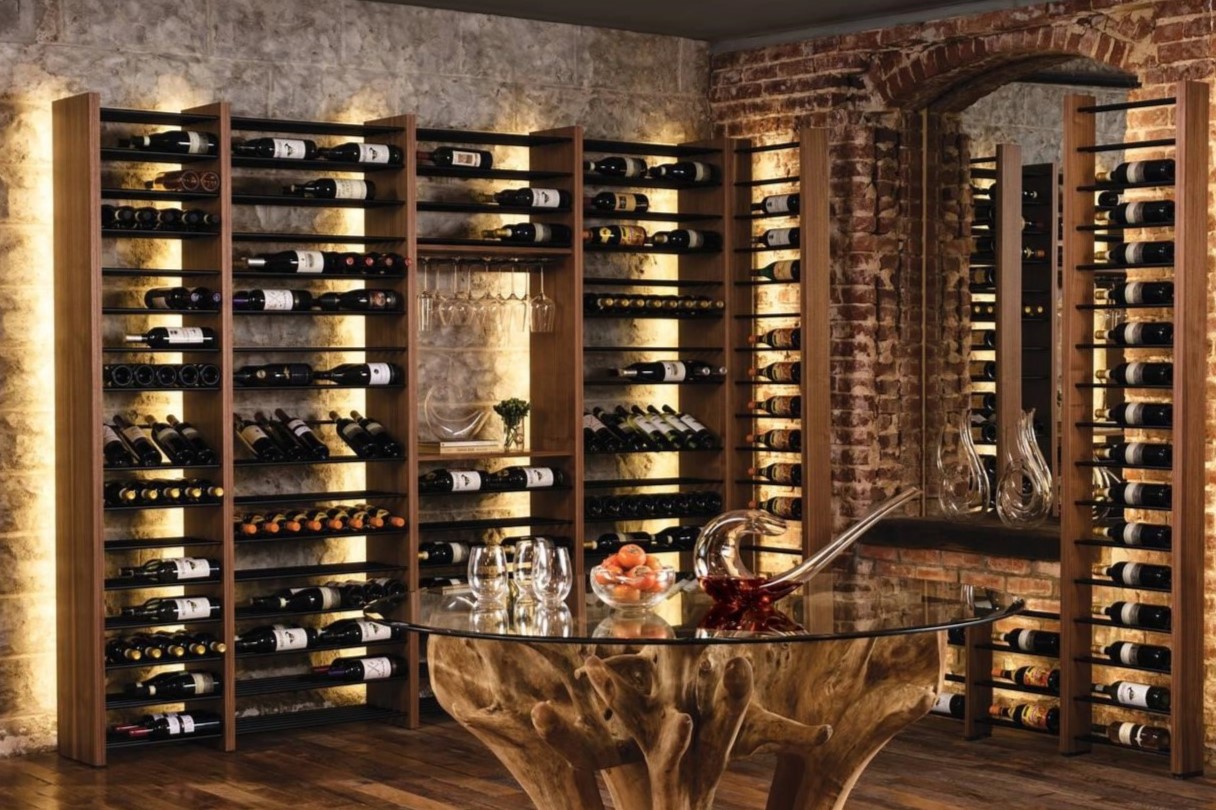
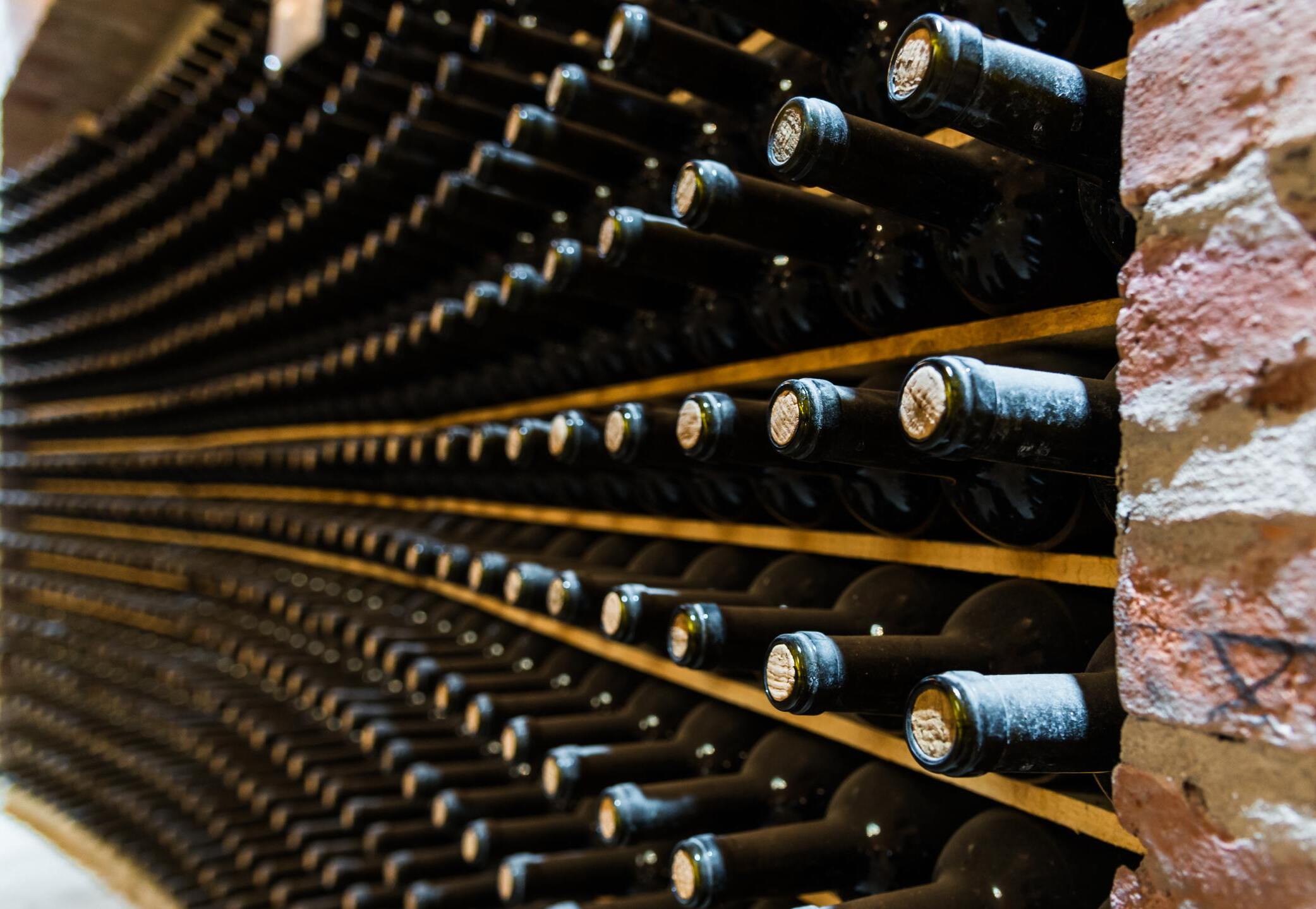
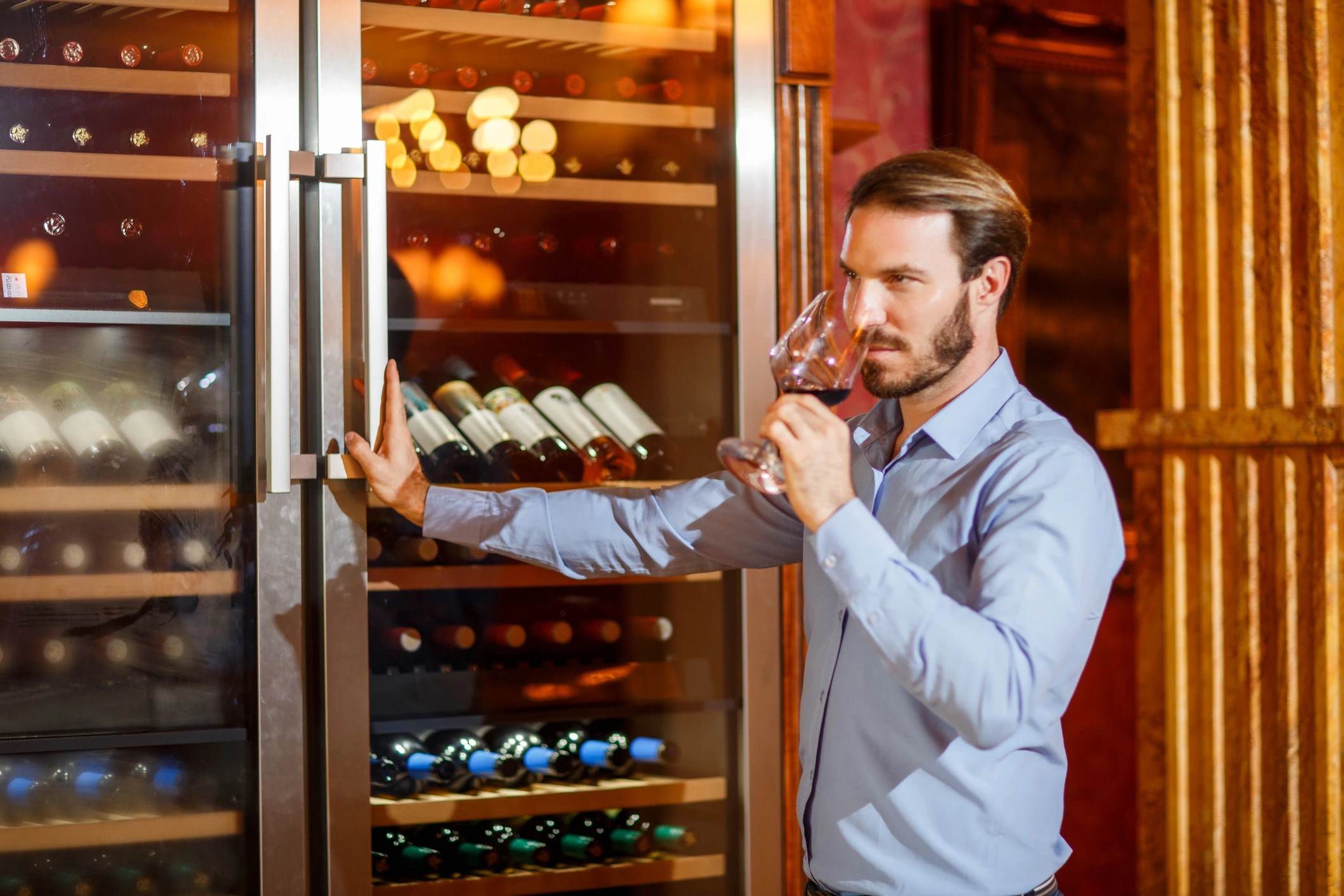
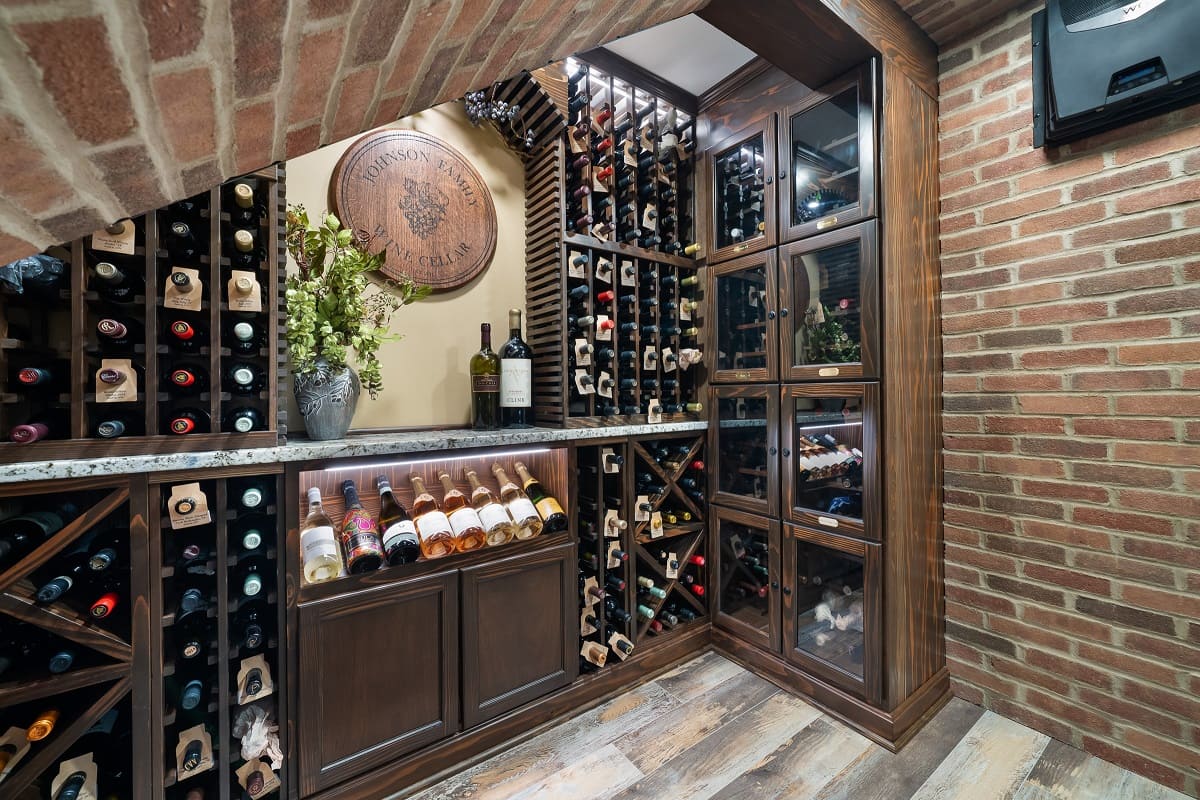
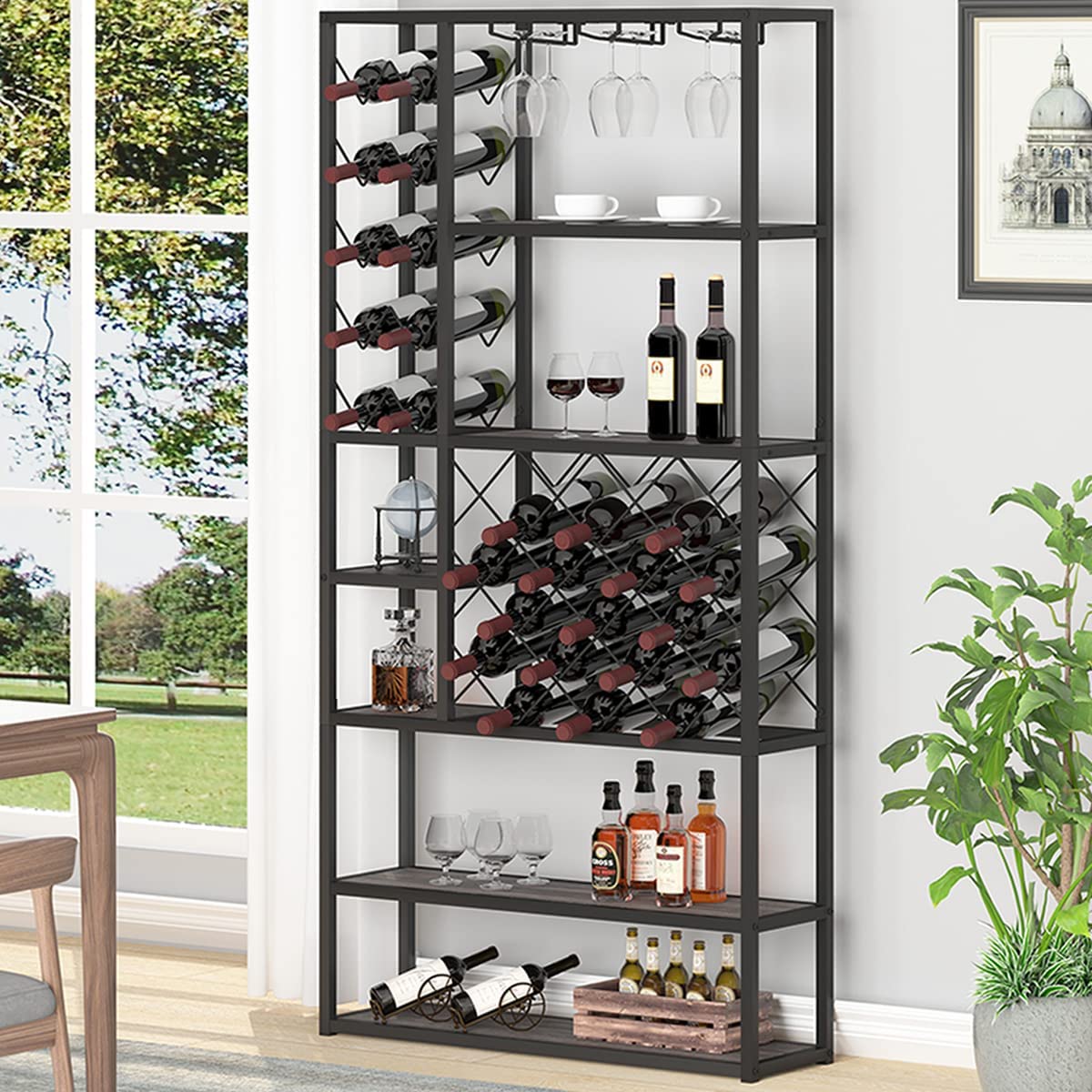
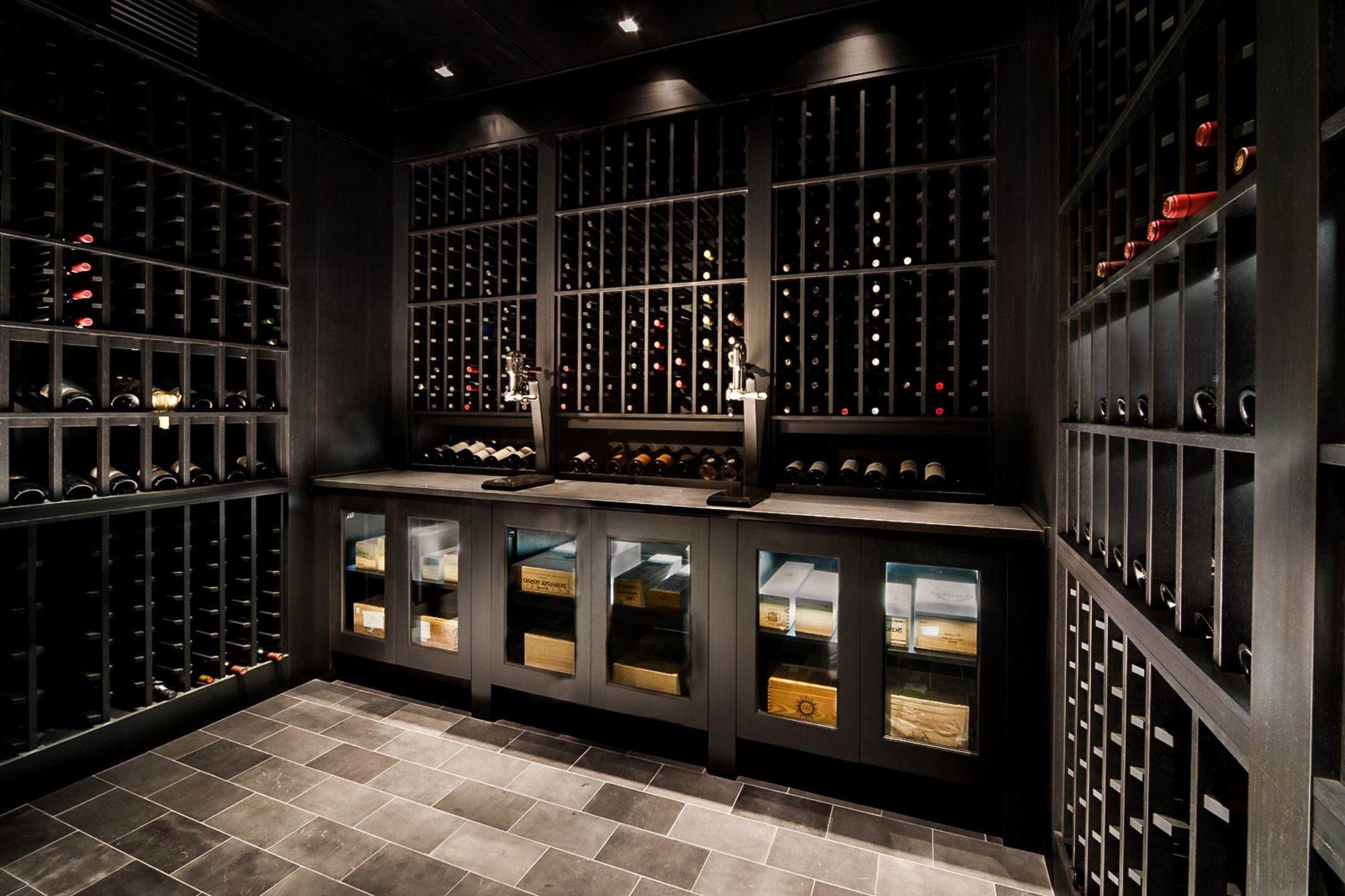
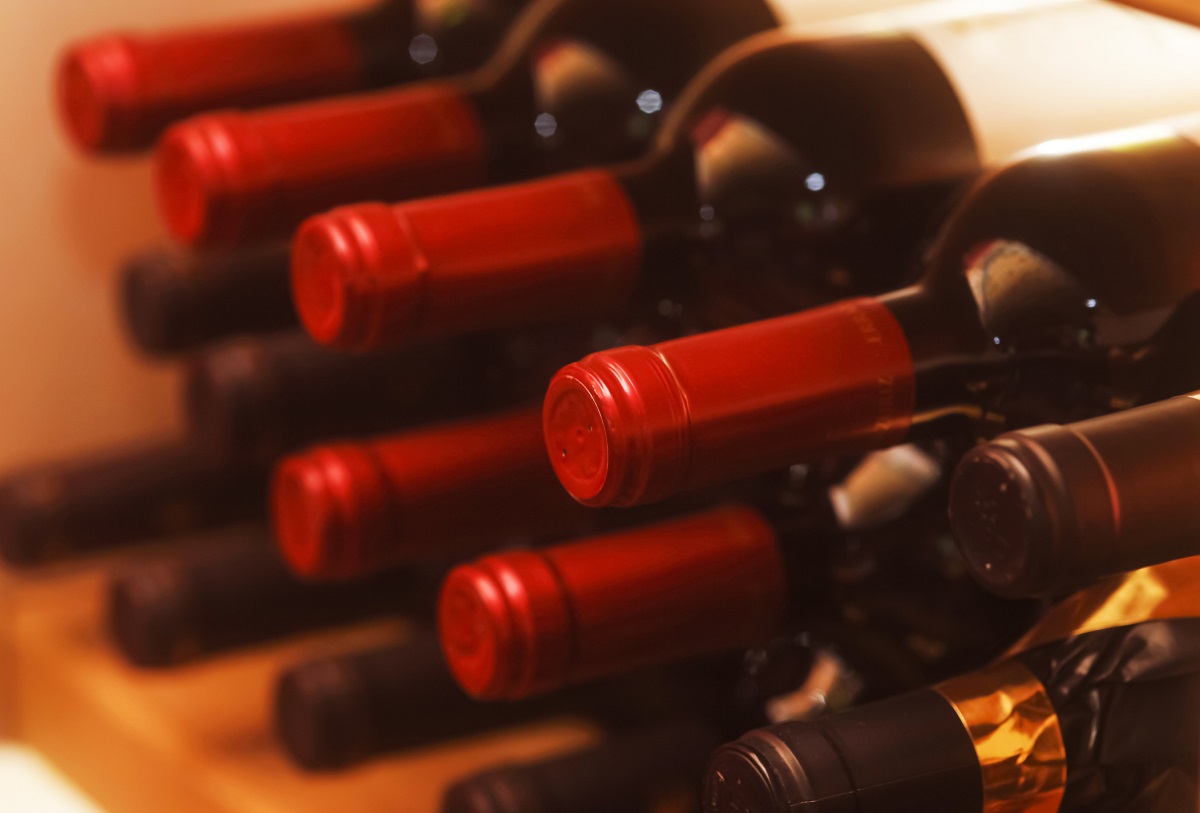
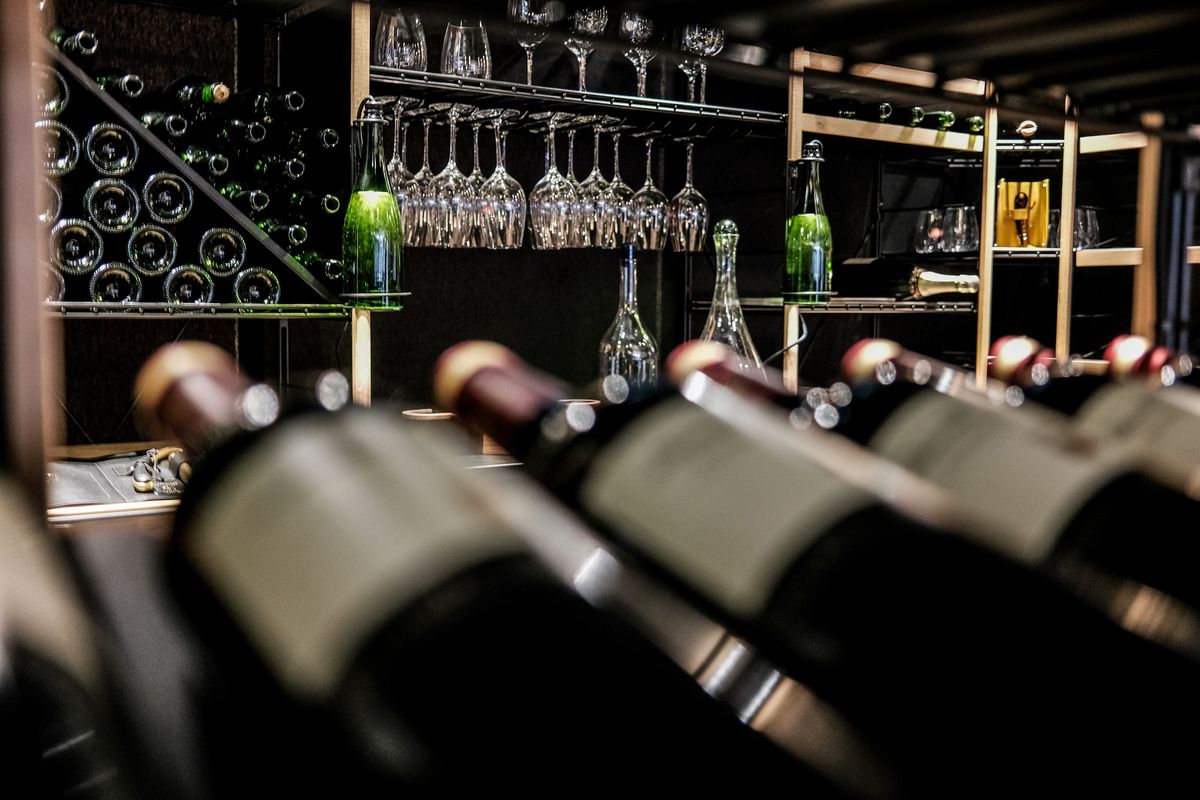
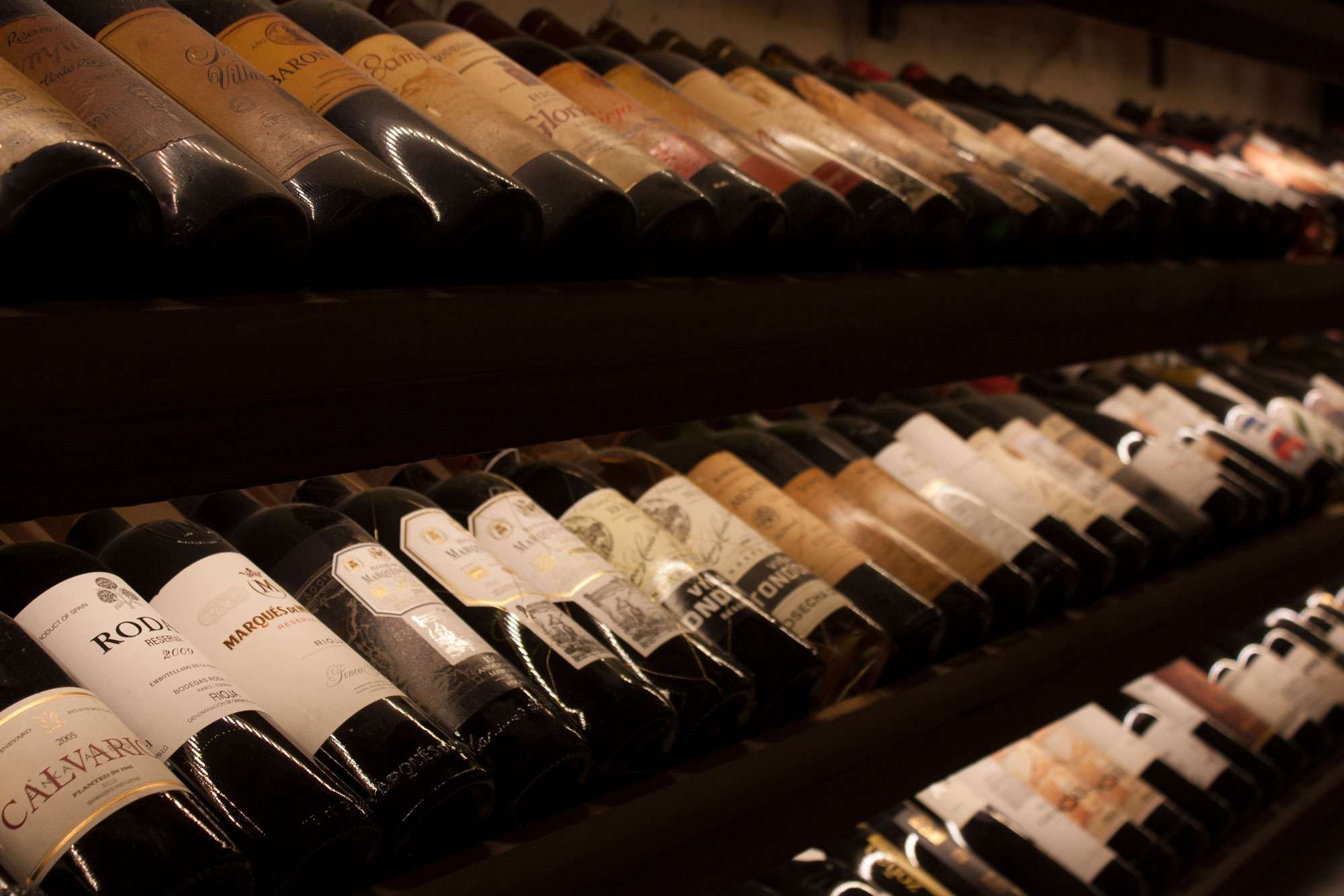
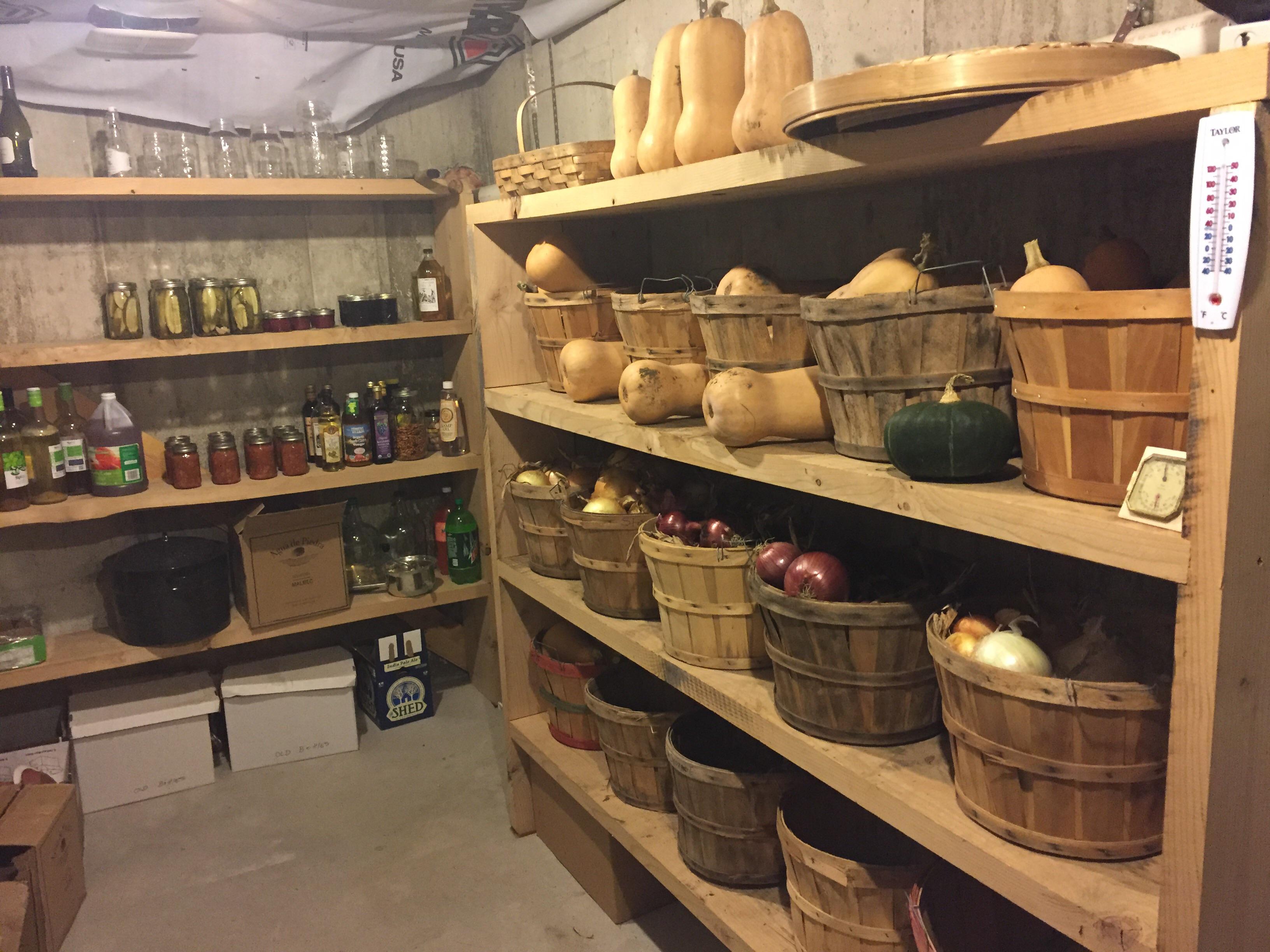
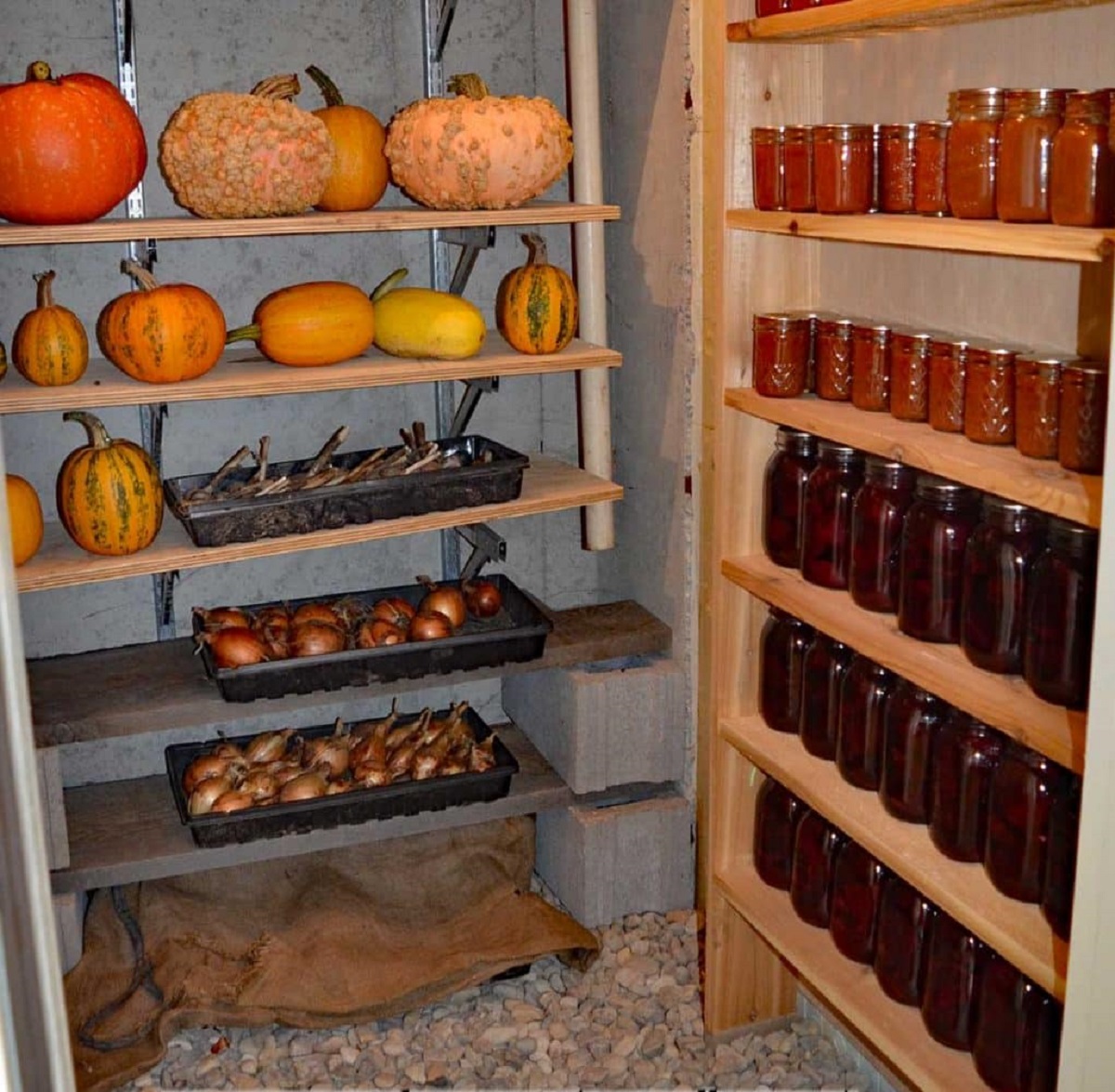


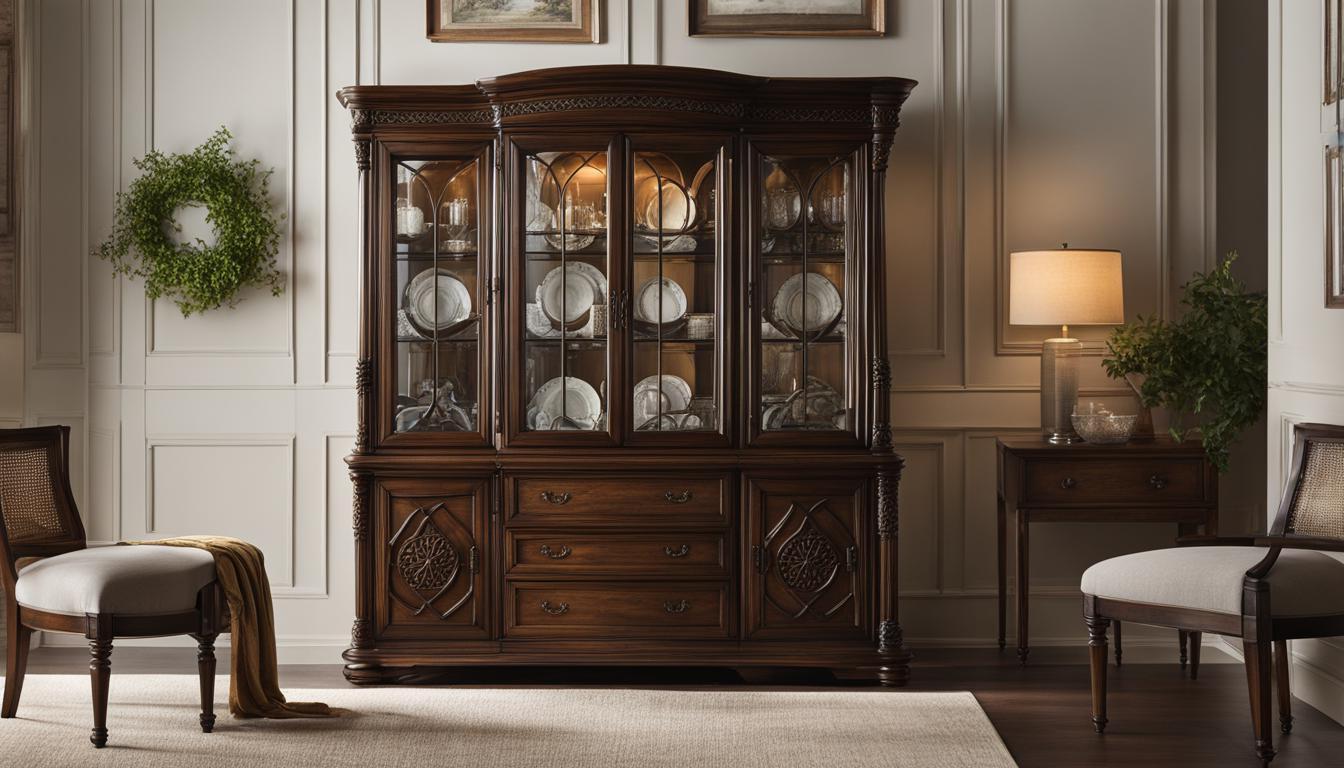

0 thoughts on “Creating A Home Wine Cellar: Tips For Proper Storage”